When talking to suppliers about their products, conversation tends to focus heavily on what they already have and why it is the answer to every imaginable need in their space. So it’s refreshing when a vendor wants to talk about where customers want to go without claiming they already have the answer wrapped up in a bow. I recently … Read More
Author: Bernard Murphy
Verifying Design for In-Car Networks
Once upon a time the role of electricity in a car was pretty modest: spark plugs, alternator, lighting, some simple instrumentation and maybe heating, all supported by an equally simple wiring harness (my wife has a 1962 Morris Minor, so I know exactly what the whole wiring harness looks like). How times have changed. Now most or … Read More
An Easy Path to Bluetooth 5-enabled SoC Design
Bluetooth (BT) was never a bit-player in communication but what surprised me is that is already dominating the market, at least as measured by radios sold, and is likely to extend that lead over the next 5 years. Particularly impressive is that BT already leads cellular and WiFi. This strength is certainly influenced by sales into… Read More
Computability 2.0?
There’s muttering among computing fundamentalists that perhaps we ought to revisit the definition of computability given recent advances in methods of computing, especially machine learning and quantum computation.
Computability is about what can and cannot be computed, either by a human or non-human computer. This is a … Read More
Power Management Beyond the Edge
Power in IoT edge devices gets a lot of press around how to make devices last for years on a single battery charge, significantly through “dark silicon” – turning on only briefly to perform some measurement and shoot off a wireless transmission before turning off again. But we tend to forget that the infrastructure to support… Read More
Mentor Safe Program Rounds Out Automotive Position
Mentor has an especially strong position in the automotive space given their broad span of embedded, SoC, mechanical and thermal and system design tools. Of course, these days demonstrating ISO 26262 compliance is mandatory for semiconductor and systems suppliers, so EDA vendors need to play their part to support those suppliers… Read More
Adversarial Machine Learning
It had to happen. We’ve read about hacking deep learning / machine learning, so now there is a discipline emerging around studying and defending against potential attacks. Of course, the nature of attacks isn’t the same; you can’t really write an algorithmic attack against a non-algorithmic analysis (or at least a non-standard… Read More
Where the Emerging Tech Jobs Are
There’s an article published in InfoWorld on jobs trends in several emerging tech areas. The trends are based on analysis of job postings and job-seeker searches from the beginning of 2014, sourced by Indeed.com. I would have liked to dig deeper into Inded.com, to get more info on jobs in our industry but unfortunately it seems you… Read More
Getting Ready for Bluetooth-5 Verification
Bluetooth has been very successful for many years, but arguably trapped in a niche, at least for us consumers, as a short-range wireless alternative to a wire connection – to connect your phone to a car or speakers for example. (In fairness I should add that the 4.2 version has improved range and Bluetooth has already become quite … Read More
Tool Trends Highlight an Industry Trend for AMS designs
Archaeologists often use tools found in digs as a major indicator of trends in civilizations. The same could be said for trends in design, though we don’t have to reconstruct these design trends – we tend to see them ahead of us.
The trend in this case is the growing importance of sensors in designs and there’s no better example of that… Read More


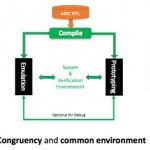
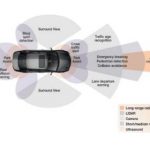

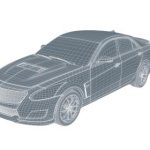

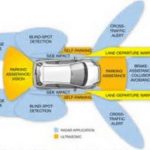


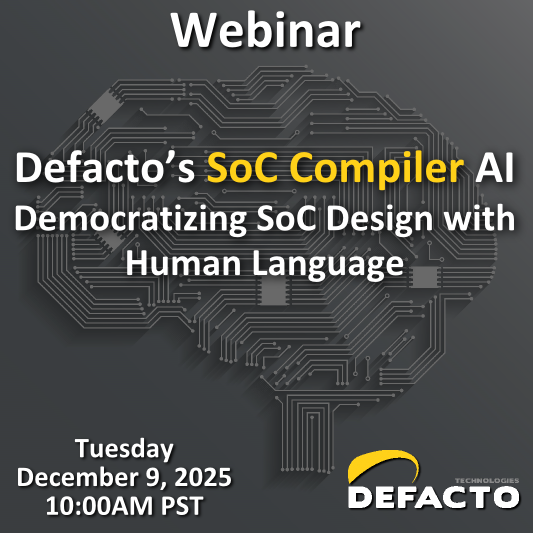

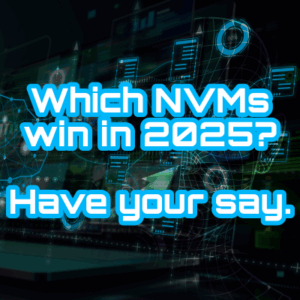


Jensen Huang Drops Donald Trump Truth Bomb on Joe Rogan Podcast